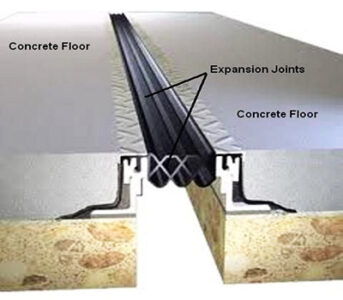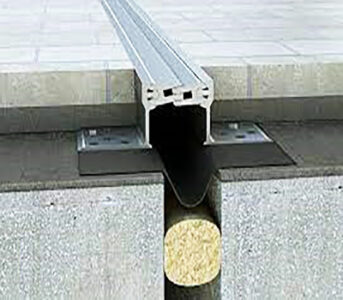

An expansion joint is a type of structural gap designed to allow for the expansion and contraction of materials in response to temperature changes, moisture, seismic activity, or other factors. These joints are commonly found in buildings, bridges, pipelines, and other structures where thermal expansion and contraction can cause stress and damage over time.
Expansion joints are typically made of materials that are flexible and can withstand repeated cycles of compression and expansion. Common materials used in the construction of expansion joints include rubber, neoprene, metal, and various types of plastics.
In buildings, expansion joints are often found between different sections of concrete or between concrete and other materials, such as brick or metal. They may also be used to separate different floors or levels of a building. In bridges, expansion joints are used to allow for movement between sections of the bridge deck or between the deck and the supporting structure.
Proper design and installation of expansion joints are critical for the long-term performance of structures. They must be located in the right place and be of the appropriate size and type to accommodate expected movements. Maintenance and repair of expansion joints are also essential to prevent water infiltration, corrosion, and other forms of damage.
